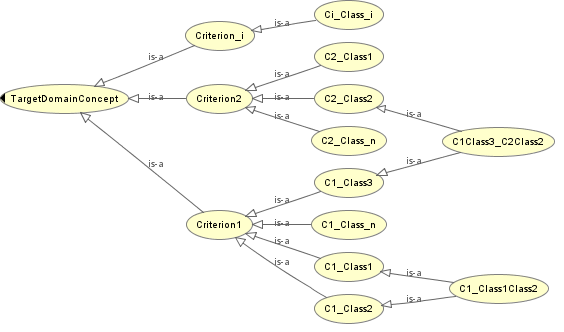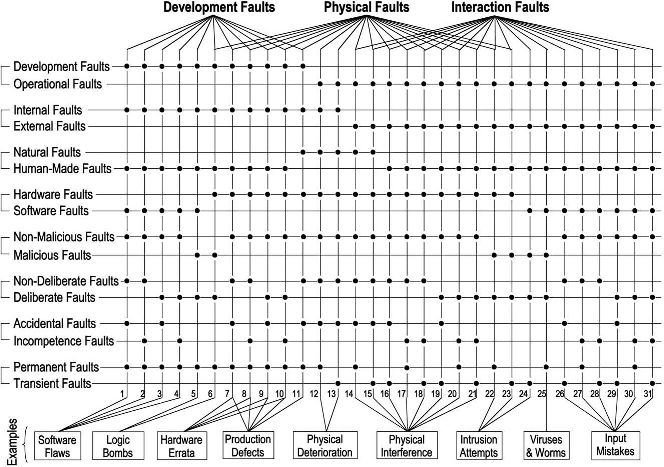Submissions:View Inheritance
From Odp

| If you are a member of quality committee please visit the
If you are author of this proposal or you want to contribute to this pattern's review, you can: specify if this revision takes in account any of the review(s) In general, it could be useful to visit the evaluation section to have information about the evaluation process of this proposal Current revision ID: 5642 |
General information
| Name | View Inheritance |
|---|---|
| Also known as | |
| Author(s) | Benedicto Rodriguez-Castro, Hugh Glaser |
| Domain (if applicable) | |
| Submitted by | BenedictoRodriguezCastro, HughGlaser |
Description
| Problem description | There are ontology domain concepts that are difficult to represent due to the complexities in their definition and the presence of multiple alternative criteria to classify their abstractions. |
|---|---|
| Solution description | Introduce the following types of classes:
|
| Implementation workflow | |
| Reusable component |
Example
| Problem example | Matrix representation of Fault in Avizienis et al. [1] used in the ReSIST KB ontology
[1] Avizienis, A., Laprie, J.C., Randell, B., Landwehr, C.: Basic concepts and taxonomy of dependable and secure computing. IEEE Transactions on Dependable and Secure Computing 01(1) (2004) 11--33 |
|---|---|
| Solution example | Figure above in particular, shows a matrix representation of all types of faults which may affect a system during its life. Implicitly, the figure reveals several alternative criteria for the classification of faults:
|
| Consequences |
Pattern reference
| Origin | |
|---|---|
| Known use | |
| Reference | |
| Related ODP | Normalization, Classes As Property Values, Multiple Inheritance |
Scenarios
Scenarios about View Inheritance
No scenario is added to this Content OP.
Reviews
Reviews about View Inheritance
There is no review about this proposal. This revision (revision ID 5642) takes in account the reviews: none
Other info at evaluation tab




